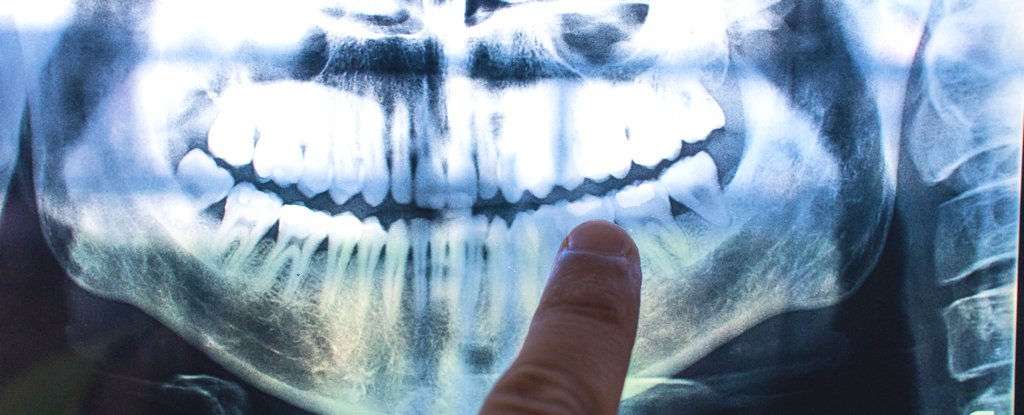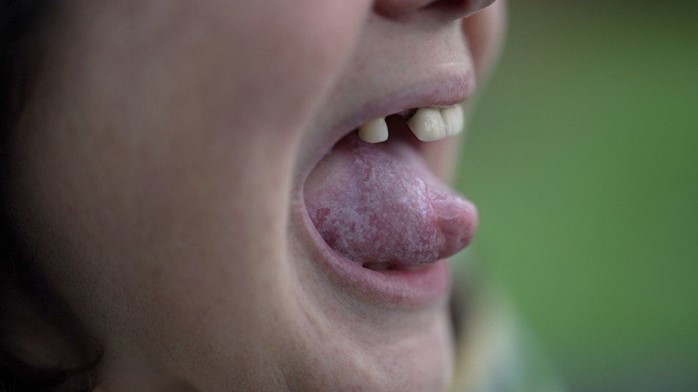
Tooth decay and your health
Dental decay is a disease that destroys the tooth’s enamel and its underlying layer, the dentin. It occurs when specific types of bacteria in your mouth produce acid after you have eaten or drunk anything containing sugar. ‘Dental decay‘ is the same as tooth decay and is also known as ‘dental caries’.
Dental decay is caused by plaque acids that gradually dissolve away the enamel and dentine of the tooth. Decay (sometimes known as dental caries) damages your teeth and may lead to the tooth needing to be filled or even taken out.
The signs of tooth decay
In the early signs of tooth decay there are no symptoms, but your dental team may be able to spot early tooth decay when they examine or x-ray your teeth. This is why you should visit your dental team regularly, as early tooth decay is much easier to treat than more advanced decay.
When tooth decay is not treated early, you may have:
- Toothache.
- Tooth sensitivity to sweet things.
- An unpleasant taste in your mouth.
- Dark spot on the surface of your tooth.
Without treatment, these symptoms could get worse and you may need a root canal treatment or even risk losing a tooth that could have been saved.
If you have any of these symptoms, contact your dental team for a caries assessment. There are also a number of ways you can help prevent and manage tooth decay at home.
Treating tooth decay
In the very early stages of decay, your dental team may apply a fluoride varnish onto the area. This can help stop decay getting worse and help ‘remineralise’ the tooth.
If the decay is not too serious, the dental team will remove all the decay and repair the tooth with a filling.
Sometimes the nerve in the middle of the tooth can be damaged. If so, the dentist will need to carry out root canal treatment by removing the nerve and then repairing the tooth with a filling or a crown.
If the tooth is so badly decayed that it cannot be repaired, the dentist may have to take the tooth out. Your dentist might then suggest replacing the tooth with a bridge, denture or implant.
The risk of having tooth decay
Anybody can suffer from tooth decay and it is very common. Around eight in ten UK adults have one or more teeth with decay, are filled or have been pulled out due to dental decay. It is also extremely common in children, with more than one in five showing signs of tooth decay.
Despite this, there are a few groups that are more at risk of tooth decay. These include:
- The elderly.
- Those on medication containing sugar.
- Dry mouth sufferers, or those on medications that cause dry mouth.
- People undergoing cancer treatment causing dry mouth.
- People with diabetes.
- Those having orthodontic treatment.
- People with receding gums or those who have had insufficient restorations.
- Those with poor oral hygiene.
- People with high sugar diets.
- Those who do not attend a dental appointment regularly.
If you fall into one of these groups, book an appointment with your dentist for an assessment. They will be able to guide you to reduce your risk factors and offer you a range of different options for preventing and treating tooth decay at home or while at work. One of which may be prescribing you a high fluoride toothpaste.
Preventing tooth decay
The best way to prevent tooth decay is by brushing your teeth thoroughly last thing at night and at least one other time during the day, with a 1450ppm fluoride toothpaste. This should take around two minutes.
Make sure that you brush the inner, outer and biting surfaces of your teeth and carefully along the gumline. Using ‘interdental’ brushes, or dental floss or tape, also helps to remove plaque and food from between your teeth. These are areas an ordinary toothbrush can’t reach. Daily use of a fluoride mouthwash in between brushing can also help.
Article from Oral Health Foundation
Need more advice?
If you need more advice about your oral health, contact us online at https://themaltingsdentalsurgery.com/contact-us/ and a member of our Dental Team would be happy to discuss further.



